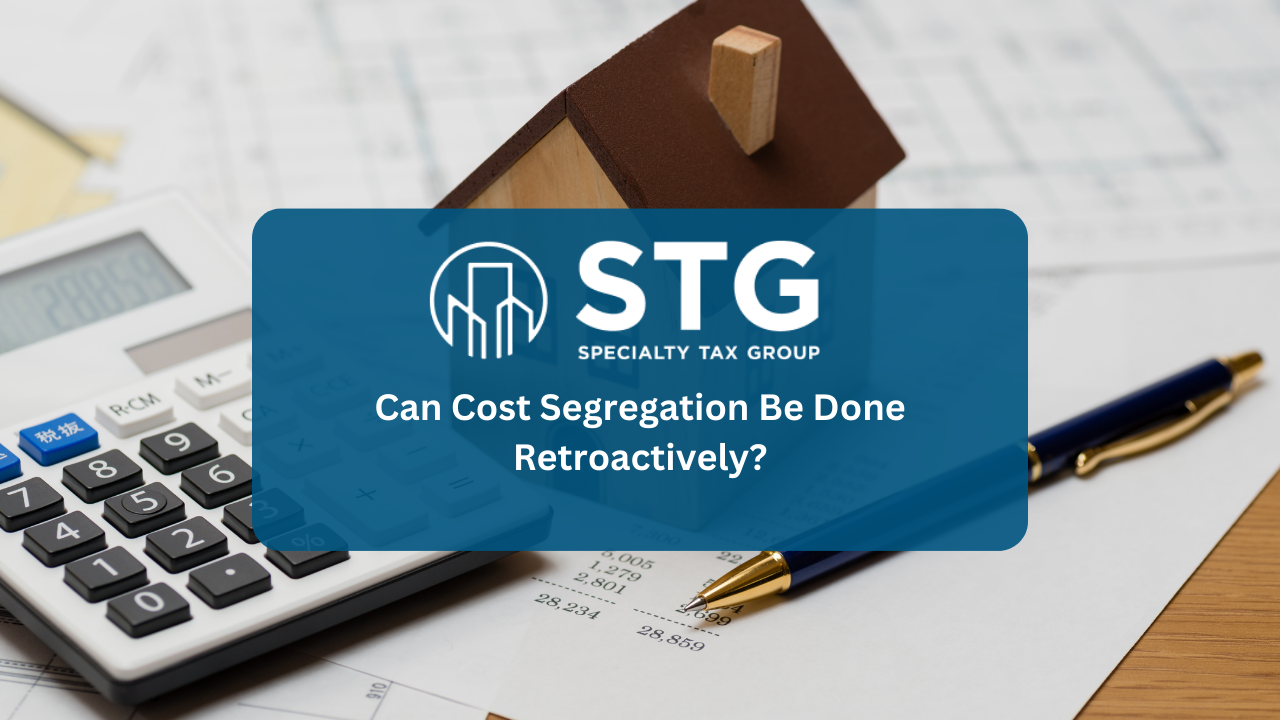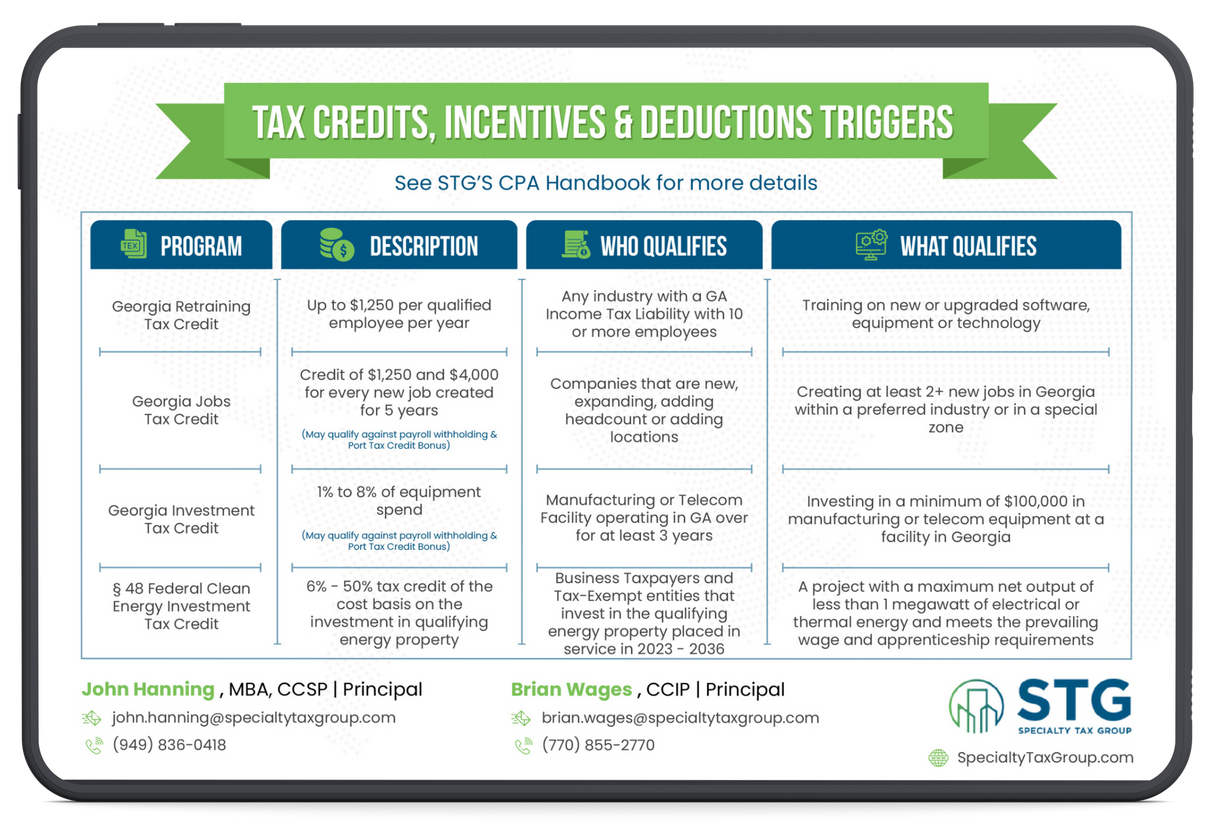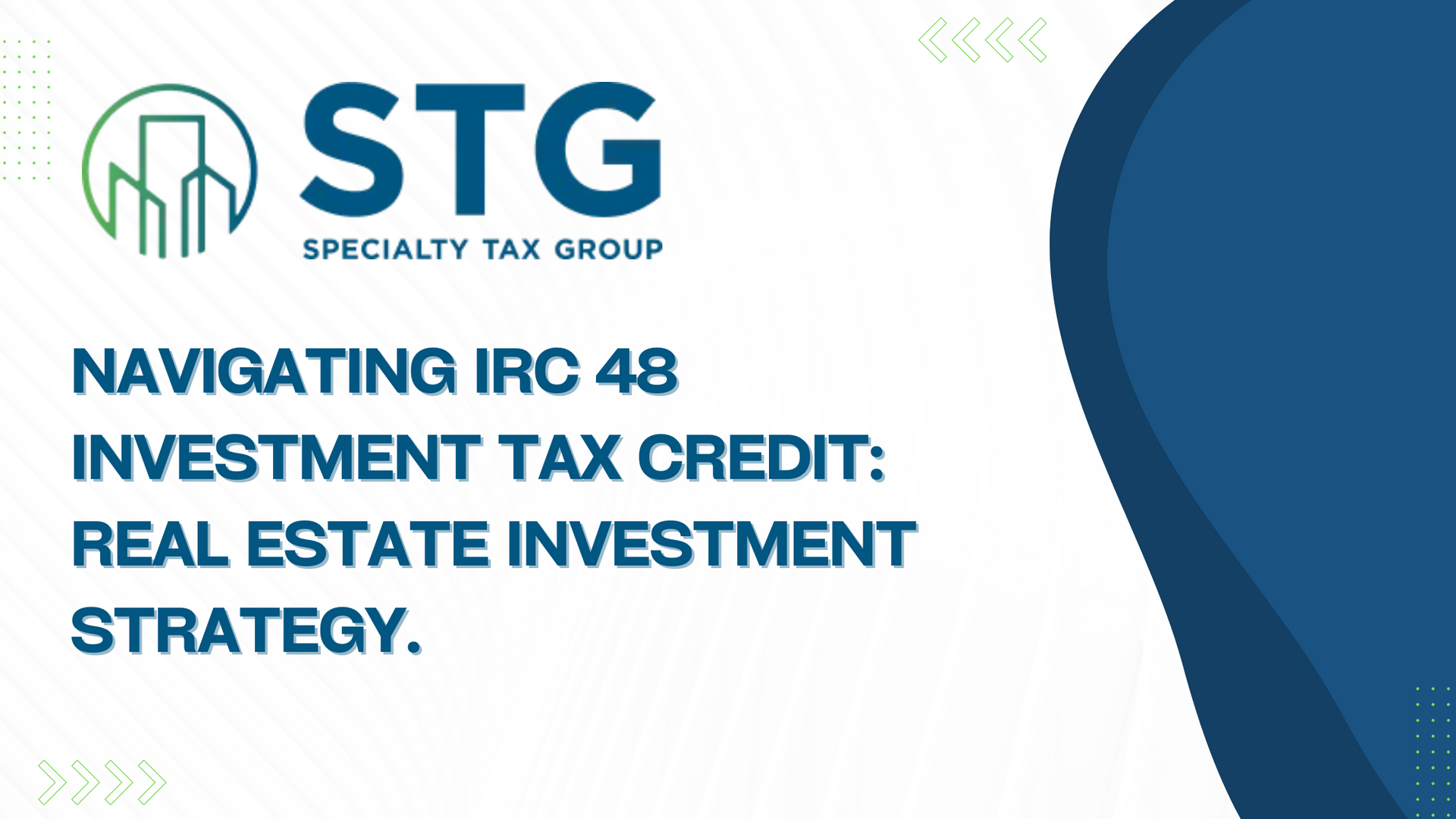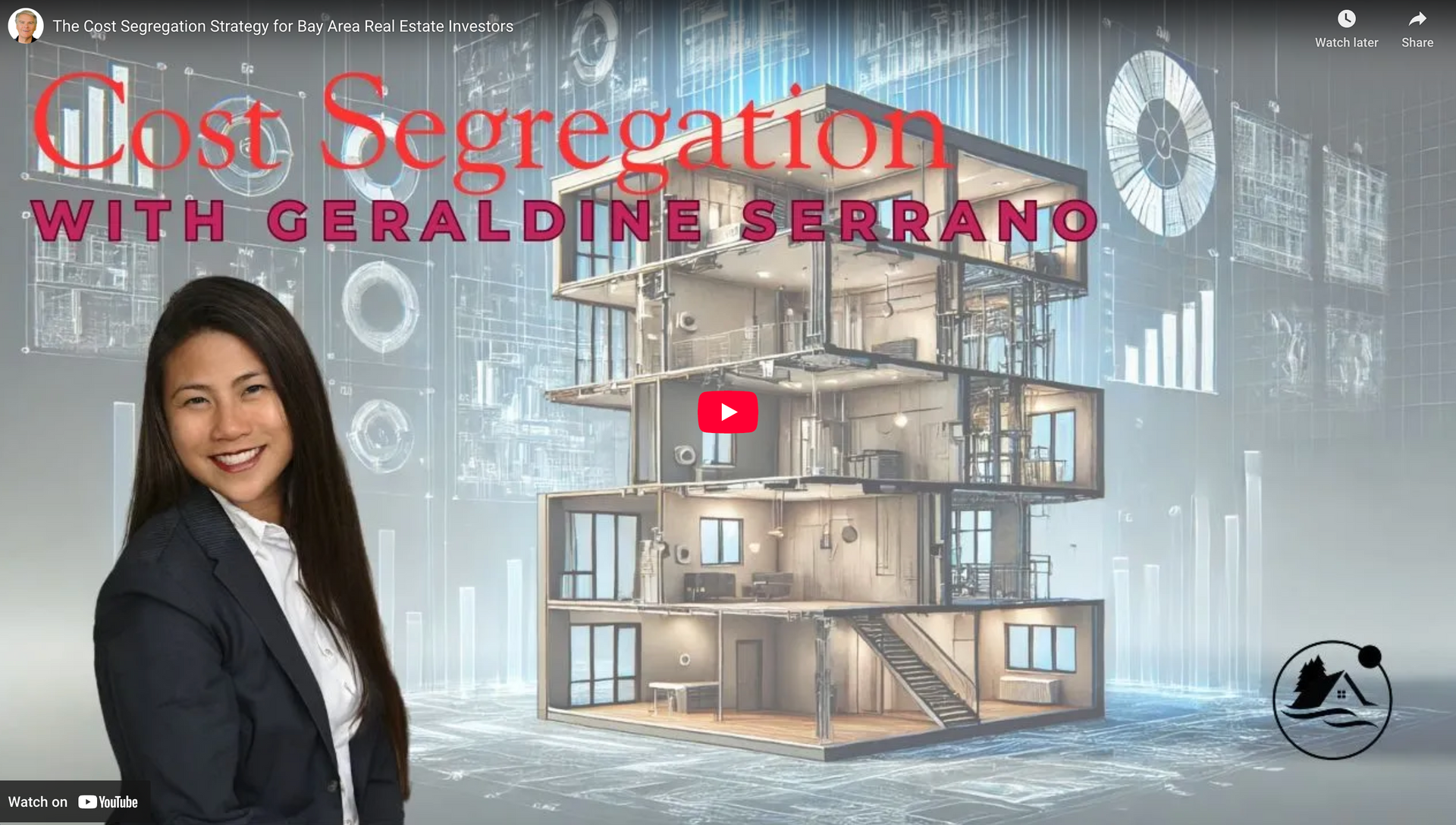This blog post has been researched, edited, and approved by John Hanning and Brian Wages. Join our newsletter below.
Newsletter Form

Cost segregation is a tax planning method that lets you identify and categorize some personal property and land additions. This can lower tax bills and improve cash flow. One common question is whether you can do this retroactively. This article talks about the possibility of retroactive cost segregation, its benefits, what it means, and some real examples.
Yes, It Can Be Performed Retroactively
Cost segregation can indeed be done retroactively for any acquisition or newly constructed property placed into service in prior tax years. As of 2024, the bonus depreciation rates are set to phase down as follows: 80% for property placed in service in 2023, 60% for 2024, 40% for 2025, 20% for 2026, and 0% thereafter. These rates are subject to change based on future legislation. If the property was placed in service after September 11, 2001, there's potentially an opportunity to take bonus depreciation on the reclassified property. Any understated depreciation, including bonus depreciation, can be deducted in the current tax year by filing a Form 3115: Application for Change in Accounting Method.
Benefits of Retroactive Cost Segregation
When conducted retroactively, cost segregation can provide several advantages for real estate investors:
- Accelerated depreciation schedules: Enabling faster returns on investment.
- Reduced taxable income: Minimizing federal taxes owed.
- Increased operating cash flow: Increasing liquidity and financial flexibility.
Furthermore, the value of a cost segregation study increased significantly following the passage of the CARES Act, which raised bonus depreciation to 100% through 2022 and expanded the Tax Cuts and Jobs Act (TCJA) to include acquired properties. The TCJA allows real estate investors to deduct 100% of 5-year, 7-year, and 15-year property within the first year.
Process and Timeline for a Retrospective Cost Segregation Study
A typical cost segregation study takes around 30-60 days to complete. It involves identifying personal property assets otherwise depreciated as a group with real property assets, such as a building, and separating them for IRS reporting purposes. By reclassifying personal property assets (nonstructural assets with quicker exhaustion), the depreciation time is shortened, leading to more organized and optimized tax reporting.
Benefits Unlocked Through a Cost Segregation Study
An effective cost segregation study provides property owners with years of decreased taxes and significant tax benefits, including:
- Convenient write-offs: Made possible when an asset is removed or destroyed.
- Shortened depreciation period: Ranging 5e to 7 years for personal property and 15 years for land improvements under current tax rules.
- Easier future depreciation recapturing: Reducing future costs and tax burdens.
- Tax relief and financial support: Offered during new building construction, renovations, or remodeling projects.
Case Study: Car Wash Facility in Orlando, FL
An example of a cost segregation study on a car wash facility in Orlando, FL demonstrates the potential benefits. The facility was purchased in 2020 for $3.4 million. Through a cost segregation study by
STG more accurate depreciation rates were determined for individual components of the car wash. As a result, investors were able to achieve a first-year depreciation value of approximately $3.4 million as there are special recovery period rules for car wash assets.
Conclusion
In conclusion, cost segregation can be performed retroactively, offering valuable benefits for real estate investors. By accelerating depreciation rates and reducing taxable income, these investors stand to gain improved cash flow and financial flexibility.
Take advantage of retroactive cost segregation to maximize tax benefits and unlock financial growth with STG's professional services.
Contact us today and start accelerating your depreciation schedules!





